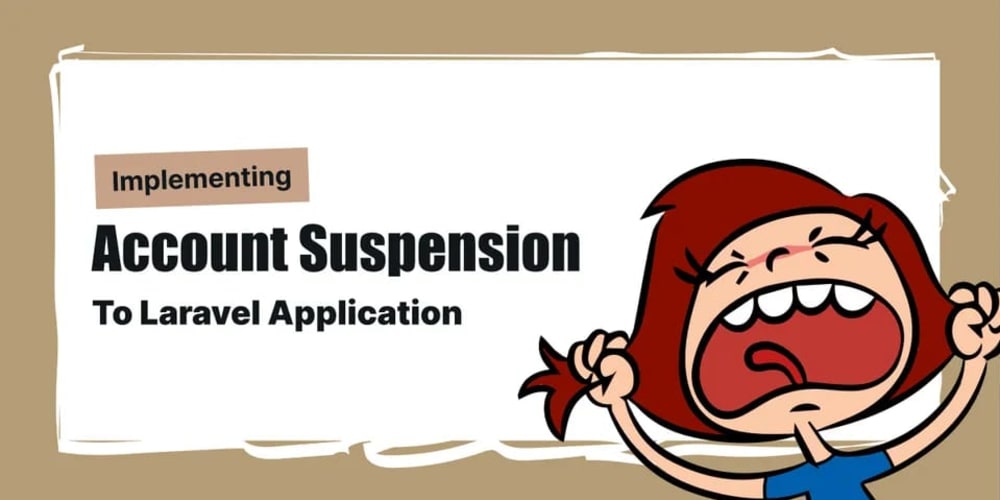In the vast realm of programming, numerous paradigms exist, each offering a distinct approach to problem-solving. Two prominent contenders are functional programming (FP) and object-oriented programming (OOP). OOP reigns supreme in many domains, while FP is gaining traction due to its emphasis on immutability and pure functions. This article delves into the core principles of functional programming and object-oriented programming, exploring their strengths, weaknesses, and use cases to help you decide which paradigm might be better suited for your next project.
Object-Oriented Programming: A World of Objects
OOP centers around the concept of objects. Objects encapsulate data (attributes) and the code that manipulates that data (methods). OOP principles like inheritance, polymorphism, and encapsulation promote code reusability, modularity, and hierarchical organization. Here's a closer look at OOP fundamentals:
- Objects: Blueprints for creating instances that combine data and functionality.
- Classes: Define the properties and behaviors of objects.
- Inheritance: Allows new classes (subclasses) to inherit properties and methods from existing classes (superclasses).
- Polymorphism: Enables objects of different classes to respond to the same method call in different ways.
- Encapsulation: Bundles data and methods together within an object, restricting direct access to internal data and promoting data integrity.
Functional Programming: A World of Functions
FP adopts a different approach. It emphasizes immutability (data cannot be changed after creation) and pure functions (functions with no side effects and predictable output for the same inputs). This focus on functions as first-class entities and the treatment of computation as the evaluation of expressions leads to code that is:
- Declarative: You describe what you want to achieve rather than how to achieve it (e.g., "add 2 to each number in the list").
- Immutable: Data is treated as constant, promoting predictability and reducing errors.
- Referentially Transparent: Pure functions always produce the same output for the same inputs, simplifying reasoning about program behavior.
Choosing the Right Paradigm: When to Use What
The best paradigm for your project depends on various factors:
- Project Requirements: FP excels for tasks involving complex data transformations, concurrency, and immutability. OOP shines in modeling real-world entities with inherent state and complex interactions.
- Team Expertise: If your team is well-versed in OOP concepts, transitioning to FP might require additional learning.
- Project Scale and Complexity: For large, complex projects, FP's emphasis on immutability and pure functions can lead to more maintainable and predictable code.
Functional Programming vs. OOP: A Complementary Relationship
While FP and OOP present distinct approaches, they are not necessarily mutually exclusive. Some languages, like Scala, seamlessly integrate both paradigms. You can leverage the strengths of each paradigm within a single project:
- Use OOP to model complex systems with objects and leverage inheritance for code reuse.
- Employ FP principles like immutability and pure functions for specific tasks within your OOP-based project to enhance code clarity and maintainability.
The Future of Programming Paradigms
OOP remains a dominant paradigm, but FP is gaining momentum due to its suitability for parallel processing and its potential to simplify reasoning about complex code. As new challenges emerge in the programming landscape, we might see a continued evolution of both paradigms and potentially the rise of hybrid approaches that combine their strengths.
Ultimately, the choice between functional programming and object-oriented programming boils down to understanding your project requirements, team expertise, and the desired outcome. By understanding the core principles of each paradigm, you can make an informed decision and leverage the strengths of both to craft elegant and maintainable software solutions.

















